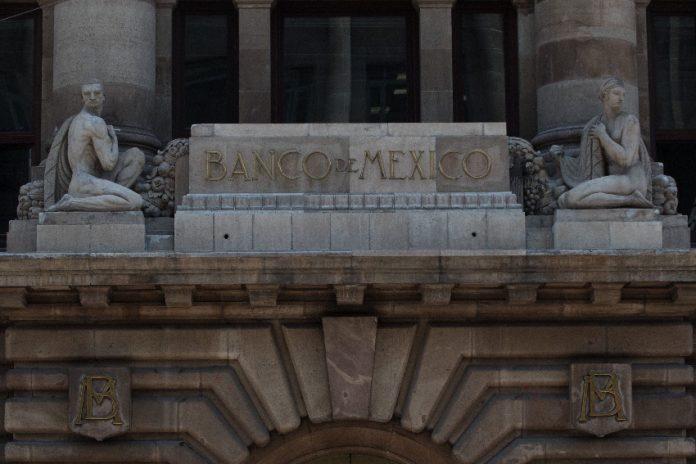In just the past few weeks, I have written about the benefits of a stronger peso and also the perils of the peso becoming too strong. With this morning’s jump in the peso to US dollar exchange rate to 16.82, Mexico is getting into a possibly problematic zone. This morning’s move was linked directly to the publication of U.S. inflation numbers, which came in at 0.2% for the month of June, up only 3% from a year ago, and below expectations.
This data would imply that the U.S. Federal Reserve can slow down or stop interest rate increases (which are currently near 5%), and depending on the data, maybe even start to reduce them later in the year.
Mexico is also seeing a dramatic reduction in inflation rates, with the most recent data coming in at 5%.
But, Mexico’s central bank (Banxico) reacted much more forcefully, and has raised its interest rate all the way to 11.25% and held it there. This has been a major factor in the strengthening of the peso, as I recently explained.
The risk that Mexico could soon face from a “too strong too fast peso”, is a political one in addition to an economic one. The ruling Morena political party is increasingly linking the strong peso directly to the administration’s policies. There is no doubt that President López Obrador’s policies have positively influenced the strengthening peso, but we cannot disregard the many external factors that also are having a significant impact.
Factors such as strong remittances from Mexicans working abroad, a post-pandemic rebound in tourism, and the nearshoring boom resulting from supply chain disruptions and China’s tensions with the United States.
If the Morena party continues to link “a strong peso with a strong Mexico”, without recognizing the risks, there is a real danger of misleading the public. An analogy that many U.S. citizens might recognize is when President Donald Trump took credit for a rapidly rising U.S. stock market. His policies were partly responsible, but they came with risks that were not being talked about by Mr. Trump.
In Mexico, as in most parts of the world, the central bank is independent from the executive branch, and this independence is vital to a consistent, reliable, trustworthy economy. Again using the Trump analogy, when the U.S. stock market was going up quickly, and there was pressure on the U.S. Federal Reserve to cool things down, Mr. Trump was very vocal in his strong criticism of the chairman, even threatening to get rid of him and not renew his term if he raised rates.
If Mexico’s central bank is pressured (publicly or privately) by the current administration to keep interest rates high based on an incomplete narrative that “the stronger the peso is, the stronger Mexico is”, there is a real risk of significant economic damage from a slowdown that could happen. Many investors and businesses are finding that their Mexican costs are dramatically increasing, and they are getting worried. With the significant nearshoring opportunity for Mexico, why would the country want to take any risk by promoting an overly strong currency? It’s a golden time for Mexico, if those in power get the policy right.
Inflation is coming down rapidly in Mexico, the U.S., and around the world. Banxico has done well to guide the economy through the devastation of the pandemic. However, in my opinion, it is time to take urgent action to lower the interest rate from 11.25%, and demonstrate independence and an understanding of the dangers. The risks of a sharp economic slowdown are increasing each day, versus the risks of continued inflation. The central bank still has significant room to move on driving down inflation with a gap between interest rates and inflation.
I hope that Mexico’s central bank recognizes the perils of the current situation, and demonstrates “superhero” abilities to guide Mexico’s economy through this challenge.
